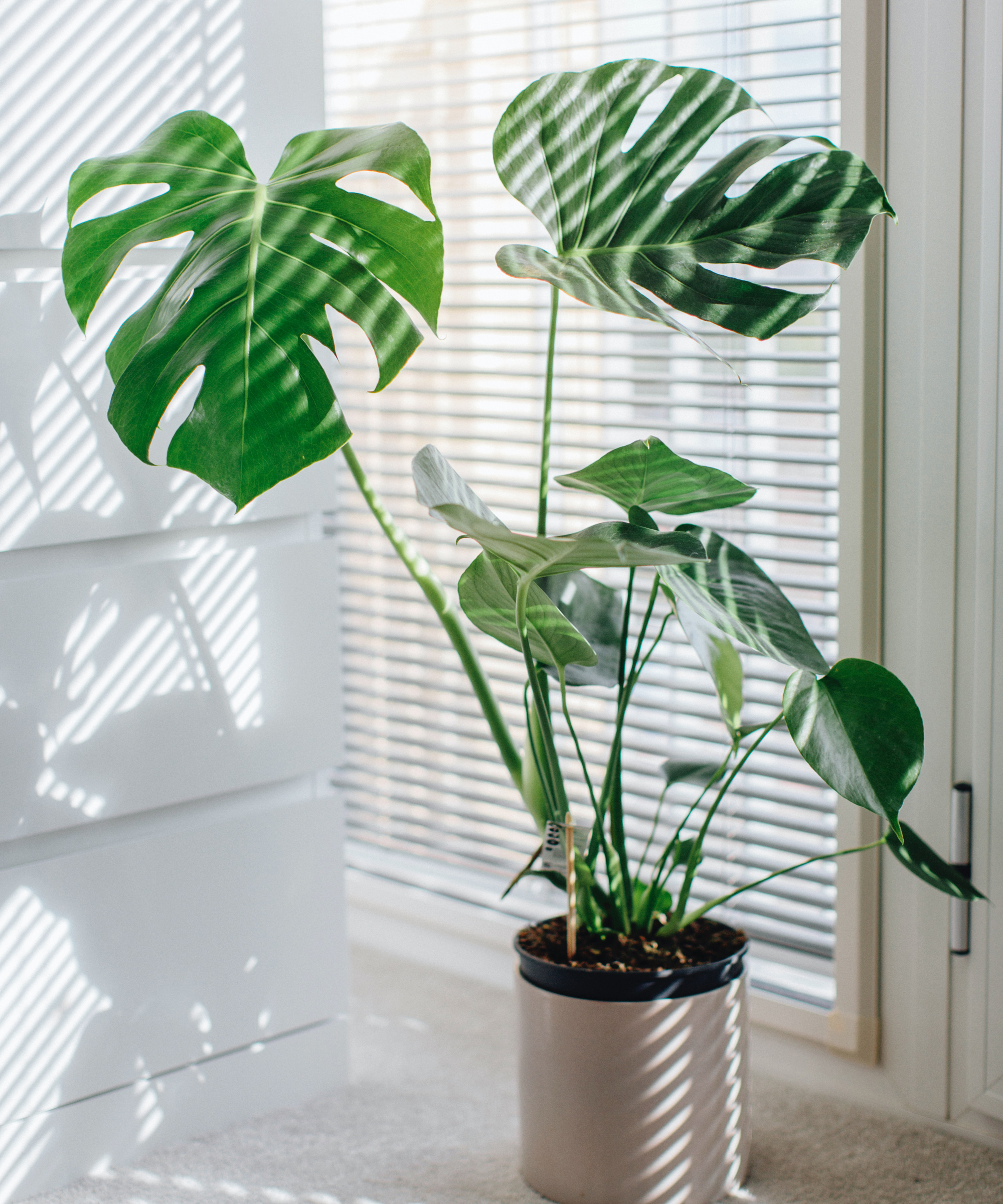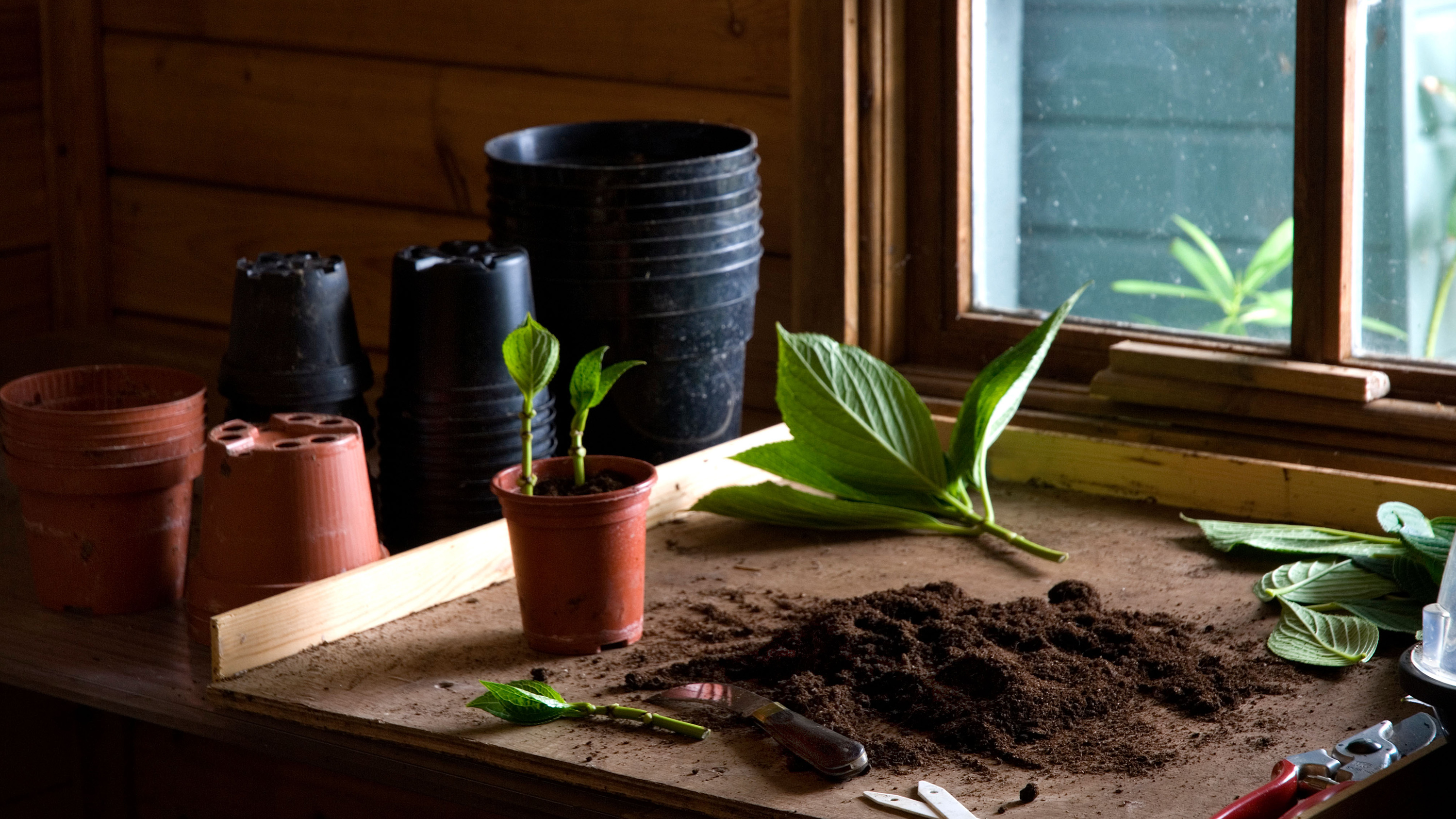You're propagating house plants all wrong, according to indoor plant expert – here's what to do instead
Still sticking your house plant cuttings in water? Try this technique from an indoor plant expert instead

If you're still propagating house plants by sticking cuttings in water and hoping for the best, you may consider switching to a different method. Plant cuttings in glass jars look cool, and they can easily be incorporated into trendy indoor garden ideas. But hydroponic propagation is not as simple as it looks: you'll need to keep replacing the water, or your cuttings are at risk of rotting thanks to the algae and other micro organisms that will grow in the water.
Water propagation is advocated because it allows light to get to the newly forming roots, but if you accidentally place your cuttings onto a window still with too much sunlight, it will kill them.

Finally, hydroponic propagation takes several months, and many people find that they forget all about their cuttings before they can see a result. If all of this sounds like a lot of work, that's because it is.
Plant expert and founder of Anther + Moss Timothy Sherratt advises a different –and much simpler – way to propagate your house plants: 'I propagate my cuttings in compost,' he says. 'To have success all you need to do is make sure the humidity stays high and that your compost is free-draining. The humidity is all about helping the cutting retain its water so it doesn’t wilt. Just cover the pot with a clear plastic bag and you’re good to go.'

Timothy stresses that the success of your house plant propagation efforts will depend almost entirely on the quality and consistency of the compost: 'The free-draining compost is important because of the humid environment. It keeps mould and fungus at bay and makes sure the delicate new roots aren’t at risk of rotting. Ideally use a 50/50 mix of perlite and coir (peat alternative), but don’t be held back by not having the perfect potting mix. I’ve had success by using whatever general purpose compost I had to hand, combined with porous pots to let the water out and the air in.'
We don't know how about you, but we'd much rather propagate our cuttings in compost, in a nice pot where they are to grow into plants. All those glass jars look amazing in Instagram posts, but why deal with the extra hassle when it comes to indoor plant ideas?
Went to be absolutely sure you're doing it right? Read our guide on how to take cuttings from plants.
Anna writes about interior design and gardening. Her work has appeared in Homes & Gardens, Livingetc, and many other publications. She is an experienced outdoor and indoor gardener and has a passion for growing roses and Japanese maples in her outside space.
